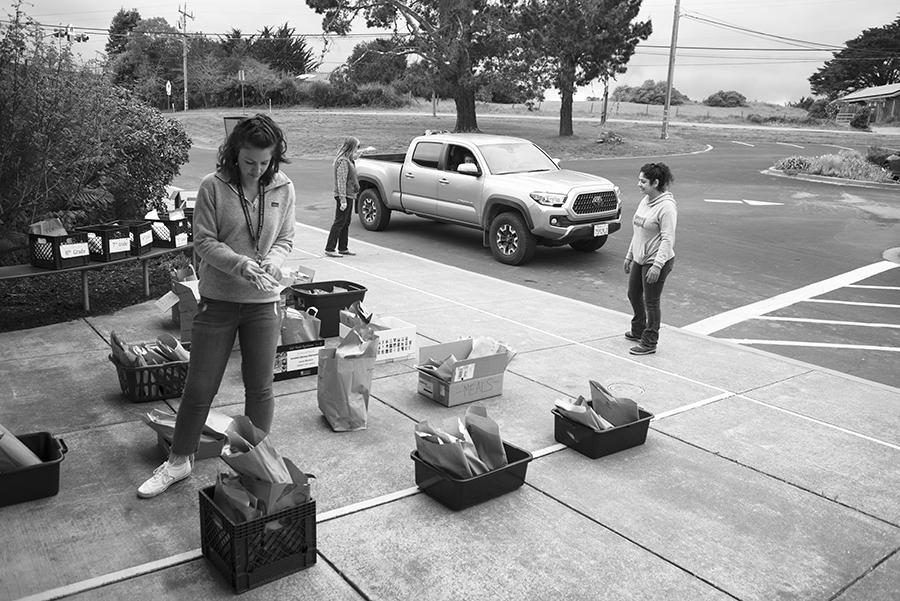With campuses closed for the rest of the school year, West Marin educators are grappling with how to deliver meaningful instruction to students without . . .
Making distance learning work for all


With campuses closed for the rest of the school year, West Marin educators are grappling with how to deliver meaningful instruction to students without . . .